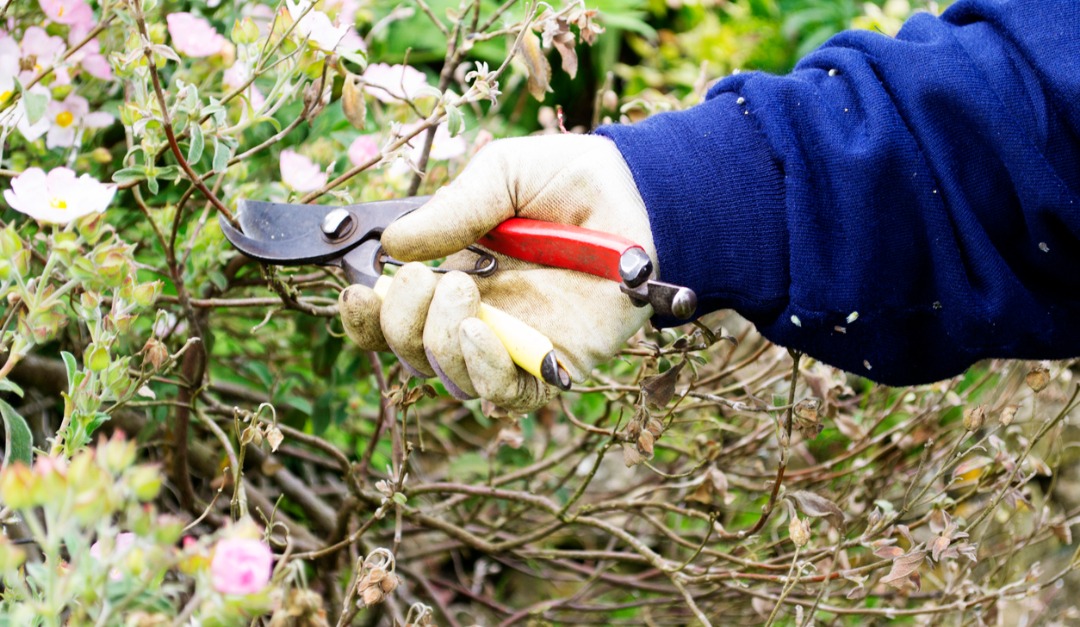Winter may not be the most beautiful time of year for your hard, but if you want a flourishing garden during the warm seasons, your work doesn’t stop in the spring. The key to a great garden and a beautiful landscape on your property is to property care for your soil and plants all year round. Here are some tips to successfully prep your garden for the next cold winter freeze.
Replenish Mulch:
Mulch offers many benefits to your garden all year round. It reduces water loss, protects the soil from erosion and weeds. Adding mulch in winter serves to regulate soil temperatures and moisture which will protect roots against hard frosts. As the mulch breaks down, it will also add organic material to the soil, nourishing it for the future.
Prune Your Dormant Perennials:
Many plants should be pruned in winter months while they are dormant. A thoughtful winter pruning can encourage strong growth and more blooms in the warmer months. It can also prevent disease from taking hold of your plants. It is important to prune hard at the end of winter or very early spring before any new growth starts. Keep in mind, however, that some plants are the exception to this rule, and your particular climate can affect when the best timing would be. When in doubt check with your local nursery for suggestions for your area.
Plant Spring Bulbs:
The best time for planting spring bulbs truly depends on your local climate. They should be planted when the average nighttime temperatures in your area are in the 40-50-degree range, any earlier can invite fungus or disease. In harsher northern climates, late September through October may be the ideal planting time since bulbs need at least six weeks to root and establish before a hard winter freeze. However, if you live in a milder climate, you may be able to wait until December or later to plant your bulbs.
Caring for your garden can certainly be a chore, but the extra and attention you show all year long will be easy to see once your plants are in bloom.











